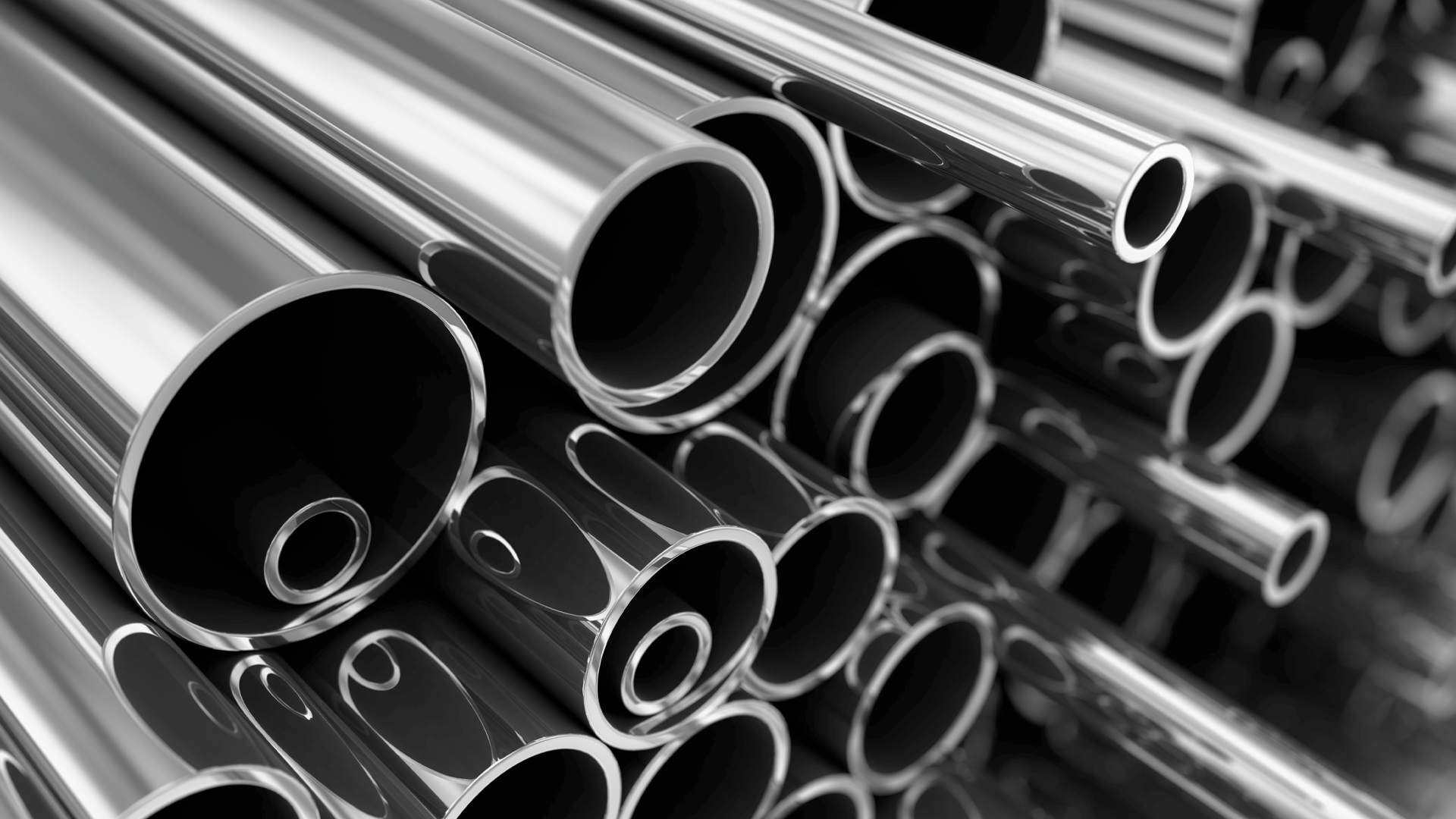The terms pipe, tube, and sanitary tube are often used interchangeably, leading to confusion for those not well-versed in these components. We’ll cover the key distinctions between pipe, tube, and sanitary tube, understanding their respective characteristics, applications, and significance in various industries.
What are Pipes, Tubes, and Sanitary Tubes?
Pipes:
Pipes are cylindrical conduits designed to transport fluids, gases, or solids from one point to another. They are typically measured by their nominal pipe size (NPS) or their outer diameter (OD) and wall thickness. Pipes come in a variety of materials, including steel, copper, PVC, and more, each chosen based on its intended use and the properties required for the specific application.
Applications for Piping:
- Plumbing systems
- Oil and gas pipelines
- Industrial processes
- Structural applications
Tubes:
Tubes, like pipes, are hollow cylinders, but they differ in terms of their dimensions and manufacturing tolerances. Tubes are specified by their outside diameter (OD), inside diameter (ID), and wall thickness. Tubes are often produced with tighter tolerances and can be round, square, or rectangular in shape. Unlike pipes, tubes are generally used for structural applications and the conveyance of fluids or gases in situations where precision is crucial.
Applications for Tubing:
- Structural components
- Automotive frames
- Heat exchangers
- Instrumentation tubing
Sanitary Tubes:
Sanitary tubes are a specialized category of tubing designed for applications where hygiene and cleanliness are paramount, like the food, pharmaceutical, and biotechnology industries. These tubes are typically made from stainless steel, which is resistant to corrosion and can withstand the rigorous cleaning processes required in sanitary environments. The surfaces of sanitary tubes are often polished to a smooth finish to prevent the accumulation of bacteria or other contaminants.
Applications for Sanitary Tubing:
- Food and beverage processing
- Pharmaceutical manufacturing
- Biotechnology processes
- Cosmetic production
Key Differences
Intended Use:
Pipes and tubes are generally utilized for the transport of fluids or gases.
Sanitary tubes are specifically designed for applications requiring high levels of cleanliness and hygiene.
Dimensional Variances:
Pipes are typically measured by nominal size, while tubes are measured by outside diameter, inside diameter, and wall thickness.
Materials and Manufacturing:
Pipes and tubes can be made from various materials, depending on their intended applications.
Sanitary tubes are often made from stainless steel due to its corrosion resistance and suitability for sanitary environments.
The Takeaway
Understanding the distinctions between pipes, tubes, and sanitary tubes is important for selecting the right component for a particular application. Whether it’s the robustness of pipes, the structural precision of tubes, or the sanitary requirements of specific industries, each plays a vital role in diverse sectors. As industries continue to advance, the demand for specialized tubing solutions will only grow, emphasizing the importance of clarity in terminology and application knowledge.

